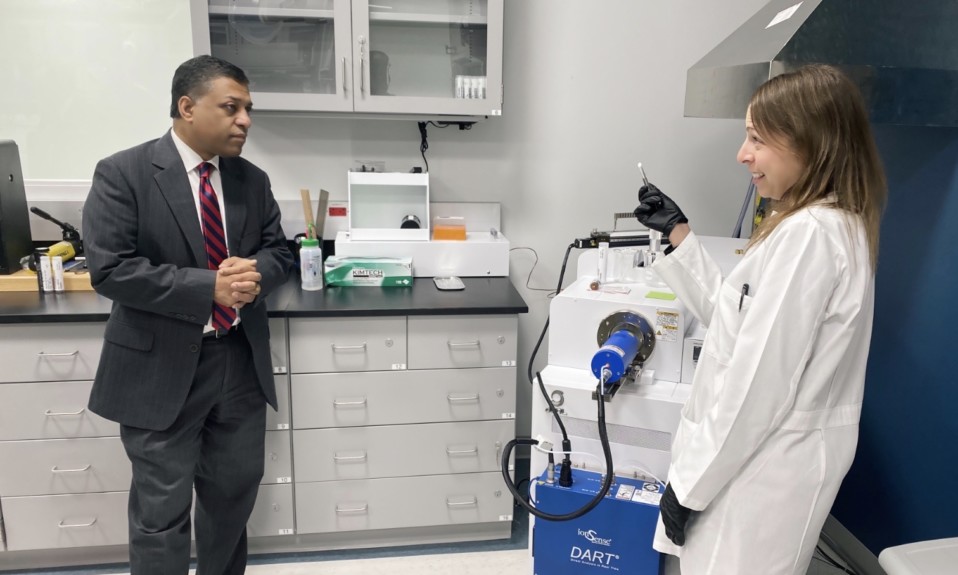The agency hopes this latest initiative will accomplish what its previous moves failed to do: rein in the opioid epidemic
By Jason Langendorf
The Food and Drug Administration (FDA) on Tuesday released its Overdose Prevention Framework, the latest step in the agency’s evolving approach to tackling the American opioid epidemic and reducing overdose deaths.
The framework was announced in a blog authored by FDA commissioner Robert M. Califf, MD, which outlined the scope of the problem, held the organization to account for its insufficient past efforts and laid out a plan that left flexibility to “recalibrate” as needed.
“[T]he evolving nature of the overdose crisis calls for both a new approach and honest reflection about what the FDA can do differently moving forward.”
—Robert M. Califf, FDA commissioner
“While the FDA’s previous strategies have largely focused on opioid use and overdoses, the evolving nature of the overdose crisis calls for both a new approach and honest reflection about what the FDA can do differently moving forward,” wrote Califf.
The FDA’s priorities, according to its Overdose Prevention Framework are:
- Supporting primary prevention by eliminating unnecessary initial prescription drug exposure and inappropriate prolonged prescribing
- Encouraging harm reduction through innovation and education
- Advancing development of evidence-based treatments for substance use disorders
- Protecting the public from unapproved, diverted or counterfeit drugs presenting overdose risks
Reaction to the Overdose Prevention Framework
It’s safe to say that an overwhelming majority of addiction experts, clinicians and policymakers support the priorities within the FDA’s framework—at least on a surface level. But when digging into how the agency plans to promote and enact change to address the opioid epidemic, you’ll find a fair amount of disagreement.
For instance, Califf noted that the FDA will re-examine opioid analgesic prescriber education (including mandatory, national-level programs) around pain management. Previous attempts to push for similar requirements have been met with resistance by medical organizations. In the same vein, pharmacists have opposed proposals mandating the issue of mail-back envelopes with every opioid prescription.
The FDA commissioner also made clear that the agency believes technology has a critical role to play in connecting more people in need with treatment.
Califf wrote that the agency is also exploring the possibility of new authorities for opioid approval standards; intends to publish a draft guidance for development of non-addictive treatments for chronic pain; and pledges to support comprehensive efforts to increase distribution of, and access to, the overdose-reversal drug naloxone, medication-assisted treatment (MAT) and drug-testing tools.
The FDA commissioner also made clear that the agency believes technology has a critical role to play in connecting more people in need with treatment, writing that “the potential for digital interventions and other devices to help with reducing SUD and its consequences is profound.”
A Lack of Urgency?

Another point of contention among critics of the FDA’s approach to the opioid crisis is what is perceived as a lack of urgency in the risk-versus-reward review of prescription opioid medications. Critical research from drug makers on the effects of prescription opioids in the treatment of long-term pain is lacking, and the FDA has been slow to deliver results from its own studies on the subject.
Still, Califf claims the Overdose Protection Framework puts his agency and the federal government in a better position to respond now, and in the future, to a growing epidemic. “The FDA remains focused on responding to all facets of substance use, misuse, addiction, overdose and death in the U.S.” Califf wrote. “On my watch, we commit to doing all that we can to respond to this crisis, and reduce SUDs and overdoses—and ultimately achieve and sustain long-term recovery outcomes.”
Top photo: Frank McKenna














